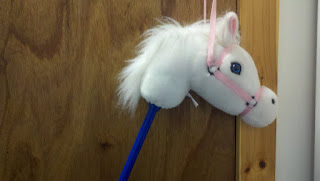Occupational therapy blogs you must read.

This weekend I participated in a presentation with four OT colleagues at the AOTA National Conference in Indianapolis. Conference can be a little stodgy at times- but not with this group! I want to publicly acknowledge the OT Social Media Awesomeness of this group of people who obviously know how to have fun and be awesome/inspirational/educational at the same time: Cheryl Morris: http://otnotes.blogspot.com When I saw Cheryl's level of extreme organization and skill in managing multiple information sources and easily coordinating a cascade of incoming information I was just amazed. Then I wanted to hire her to help me organize my office! She was the glue of the group and did a fantastic job getting it all initially coordinated. Anita Hamilton: http://technots.blogspot.com OK, so when I met Anita she was in her pajamas, effectively modeling the garb that could be used to conduct a groundbreaking and worldwide online occupational therapy conference (www.ot4ot....



